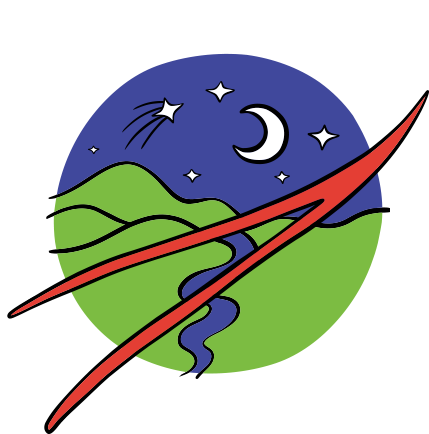Resources
National Space Grant
NASA initiated the National Space Grant College and Fellowship Program, also known as Space Grant, in 1989. Space Grant is a national network of colleges and universities. These institutions are working to expand opportunities for Americans to understand and participate in NASA’s aeronautics and space projects by supporting and enhancing science and engineering education, research and public outreach efforts. The Space Grant national network includes over 850 affiliates from universities, colleges, industry, museums, science centers, and state and local agencies. These affiliates belong to one of 52 consortia in all 50 states, the District of Columbia and the Commonwealth of Puerto Rico.
The 52 consortia fund fellowships and scholarships for students pursuing careers in science, mathematics, engineering, and technology, or STEM, as well as curriculum enhancement and faculty development. Member colleges and universities also administer pre-college and public service education projects in their states.
For additional information, visit:
The National Space Grant College and Fellowship Program is comprised of five regionals – the Great Midwestern Region, Mid-Atlantic Region, Northeast Region, Southeastern Region and the Western Region. NASA WVSGC is part of the Mid-Atlantic Region with seven state consortia: Pennsylvania, New Jersey, Delaware, Maryland, District of Columbia, Virginia and West Virginia as indicated below.

Mission
The mission of the WVSGC is “to develop a statewide infrastructure that will enhance the state’s competitiveness in NASA-relevant research, education, and industrial/entrepreneurial activities. Specifically, the Consortium aims to capture, channel, and enhance the interests and activities of current and potential scientists and engineers in its member institutions.”
Ways to accomplish this mission have been strategically identified in three goals.
Goal 1: promote and support the research efforts of Consortium faculty and students in areas of interest to NASA, and be an effective agent of change in STEM education in the state.
Goal 2: develop and promote programs to recruit and retain underrepresented populations.
Goal 3: enhance pre-college students’ interest and enthusiasm in STEM disciplines
Programs are designed to not only advance our Mission, but also be aligned with Strategic Priorities of the Office STEM Engagement, Space Grant Objectives, as well as foster collaboration with NASA’s Mission Directorates.
NASA research priorities are defined by the Mission Directorates (Aeronautics Research, Science, Space Technology, Exploration Systems Development, or Space Operations), and NASA’s ten Centers. Each Missions Directorate and Center covers a major area of the Agency’s research and technology efforts.

